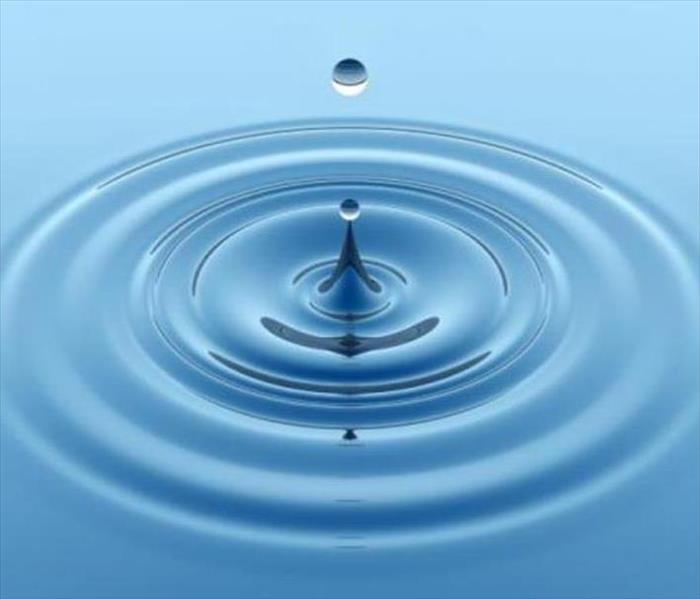Water Energy technology ...
7/21/2017 (Permalink)
 Water is beautiful, powerful, and can be destructive. Harnessing that power can be the difference between water damage and water energy
Water is beautiful, powerful, and can be destructive. Harnessing that power can be the difference between water damage and water energy
This link for ways to harness energy could be just the thing we need to increase renewable energy resources.
In turn through a better harness of the energy could we reduce the damage it causes when we have an influx. While these questions may be a long way off the technology is there. That is a start of new beginnings. Energy.gov shares wonderful news about technological advances so check back often.
https://energy.gov/eere/articles/5-promising-water-power-technologies
The world’s first hydroelectric power plant, located along the Fox River in Appleton, Wisconsin, started illuminating the home of plant-builder H.J. Roger and a nearby building on Sept. 30, 1882. Afterward, and for the next hundred years, hydropower plants grew in size and number. Today more than 2,000 hydropower plants generate clean, reliable energy across America.
But for water power to realize its full potential, innovative technologies are needed to meet new challenges and harness new resource types, from streams to the ocean. Below are five promising water power technologies under research now:
5 Promising Water TechnologiesWater InfographicModular hydropower
While existing hydropower is among the least expensive sources of electricity, building a new plant can be expensive. Modern technologies are needed to reduce installation and civil works costs. One potential answer is modular hydropower, which uses separate, similar components that can be constructed off-site then easily integrated into new or existing sites and scaled to greater capacities.
Modular hydropower systems for non-powered dams and other untapped sites can lower construction costs and reduce environmental impacts. For example, a 24-foot long and 16-foot high prototype dam, composed of six precast blocks, was built in Massachusetts as part of the HydroNext Initative in order to lower cost, improve performance, and promote environmental stewardship of hydropower development.
Powering non-powered dams
Today hydropower is the largest renewable energy source in the U.S. Still, tens of thousands of dams across the country don’t produce power. Adding generation equipment to these sites could add up to 12 GW of new hydropower capacity to the grid, and using existing dam infrastructure can lower construction costs and reduce permitting time—meaning hydropower is added to the grid faster. Because 49% of hydropower capacity is owned by the U.S. Government, federal dams represent a big opportunity to develop non-powered dams.
Pumped-storage hydropower
Pumped-storage hydropower (PSH) works like a big battery. It pumps water to a higher elevation, which can then be released at any time to turn turbines and meet energy demand. As the largest form of utility-scale energy storage, PSH helps stabilize America’s power grid. It can respond quickly to grid instability or power outages and balance variable generation, such as from wind and solar. The country’s 42 PSH plants help make the electric grid reliable and resilient, but Energy Department-funded research shows we can add even larger amounts of new, flexible, low-cost PSH.
Tidal energy
Tides occur worldwide, but making electricity out of them requires a 16-foot difference between low and high tides. While there are no permanent tidal power plants in the United States yet, conditions are good for tidal power generation in the Pacific Northwest and the Atlantic Northeast regions. The Energy Department has funded research to develop new ways to install, maintain, and decommission tidal power plants. Recently, the Energy Department continued funding for Verdant Power, Inc. to optimize a way to deploy and retrieve three tidal turbines together as a single system with one on-water operation without diver support.
Wave Energy
Ocean waves pack immense energy. The challenge for scientists—and a focus of the Energy Department—is developing technology that can safely, reliably, and cost-effectively convert wave energy into usable electricity. But once that’s done, the potential for wave energy to supply power to major cities and distributed applications—like naval bases, desalination plants, and subsea data centers—is high. To address this challenge, the Energy Department-funded the Wave Energy Prize, an 18-month public competition, that ended with prize winner AquaHarmonics demonstrating a five-fold increase in the energy capture potential of their MHK device—which the two-person team built in a garage.





 24/7 Emergency Service
24/7 Emergency Service